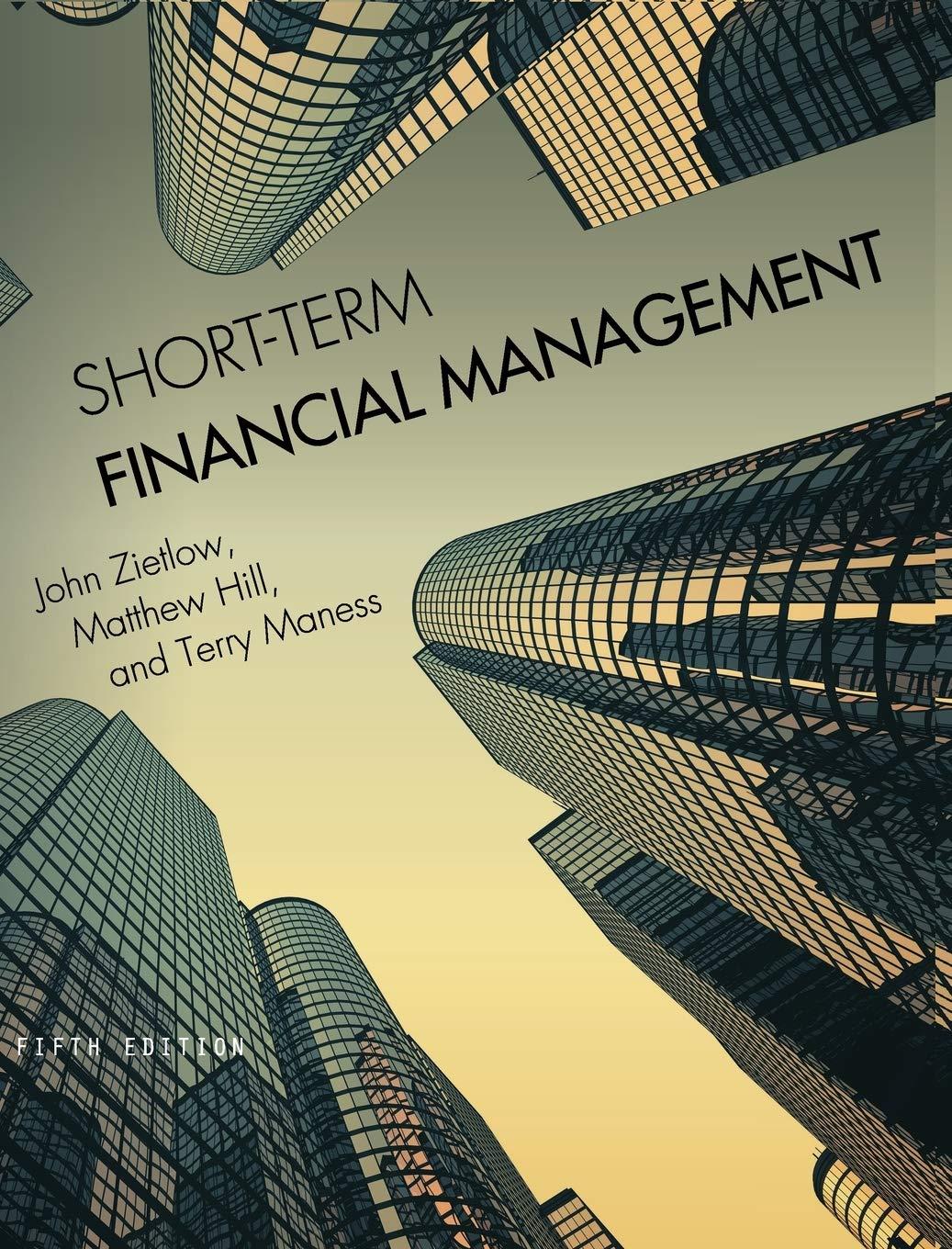


B1. (a) Figure 2 below shows the nominal interest rate set by the Federal Reserve (Fed) in the United States (US) and by the European central bank (ECB) in the Eurozone, as well as the $-euro exchange rate following 11th September 2001 to the end of 2001. Assume the US is the home country and the Eurozone is the foreign country. L 5 4.5 4 3.5 3 2.5 2 1.5 1 0.5 0 Fed ECB $: increase means euro depreciates 01/08/01 15/08/01 29/08/01 12/09/03 26/09/01 1010/01 241001 07/11/01 201101 05/12/01 1912/01 1.16 1.14 1.12 1.1 www 1.08 1.06 1.04 01/08/01 12/09/07 21/1101 15/08/01 29/08/01 05/12/01 19/12/01 -/$: increase means euro depreciates 26/09/01 10/10/01 24/10/01 07/11/01 Figure 2 i. What happened on 11th September 2001 and what do you think was the response of the financial markets? [3 marks] ii. Describe the movement of the nominal interest rates and $- euro exchange rate following 11th September 2001 to the end of 2001. [12 marks] iii. Is the movement of $-euro exchange rate you described in (a) ii. above consistent with the predictions of the UIP condition? Explain your answer. [10 marks] (b) Some countries such as Bulgaria, Croatia and Romania, plan to join the Eurozone in the near future. What advice would you give any of these countries wanting to join the Eurozone to avoid the nominal exchange rate volatility? [10 marks] B1. (a) Figure 2 below shows the nominal interest rate set by the Federal Reserve (Fed) in the United States (US) and by the European central bank (ECB) in the Eurozone, as well as the $-euro exchange rate following 11th September 2001 to the end of 2001. Assume the US is the home country and the Eurozone is the foreign country. L 5 4.5 4 3.5 3 2.5 2 1.5 1 0.5 0 Fed ECB $: increase means euro depreciates 01/08/01 15/08/01 29/08/01 12/09/03 26/09/01 1010/01 241001 07/11/01 201101 05/12/01 1912/01 1.16 1.14 1.12 1.1 www 1.08 1.06 1.04 01/08/01 12/09/07 21/1101 15/08/01 29/08/01 05/12/01 19/12/01 -/$: increase means euro depreciates 26/09/01 10/10/01 24/10/01 07/11/01 Figure 2 i. What happened on 11th September 2001 and what do you think was the response of the financial markets? [3 marks] ii. Describe the movement of the nominal interest rates and $- euro exchange rate following 11th September 2001 to the end of 2001. [12 marks] iii. Is the movement of $-euro exchange rate you described in (a) ii. above consistent with the predictions of the UIP condition? Explain your answer. [10 marks] (b) Some countries such as Bulgaria, Croatia and Romania, plan to join the Eurozone in the near future. What advice would you give any of these countries wanting to join the Eurozone to avoid the nominal exchange rate volatility? [10 marks]









